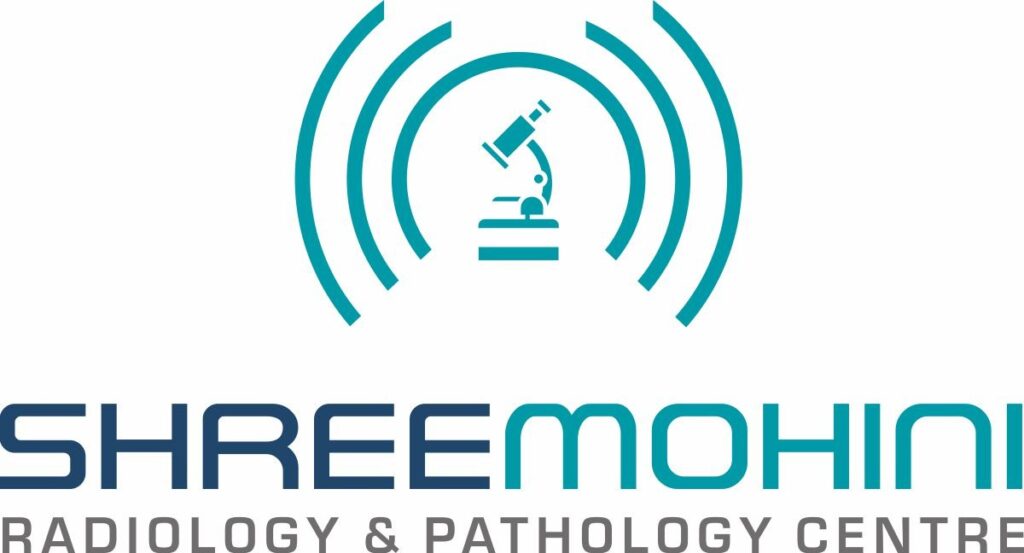Have you ever wondered about the health of your liver? It’s essential to keep it in top shape because it plays a crucial role in keeping us healthy. Early detection of any liver problems is crucial. This is where liver elastography, a fantastic, non-invasive tool, comes into play. It helps doctors check how well your liver is doing.

Understanding Liver Elastography and Its Importance
Liver elastography is a modern method used to check the liver’s health without any cuts or needles. This procedure is significant since it measures liver stiffness and can spot issues like fibrosis early on. When the liver becomes stiff, it’s a sign that something might be wrong.
Knowing what’s happening in the liver without cutting in is a game-changer. One of its key benefits over traditional methods is that it doesn’t hurt and is super quick. Unlike older testing methods, liver elastography makes it easy to find problems before they become severe. This can help in many conditions, making it a crucial part of modern health checks.
How Liver Elastography Works: A Step-by-Step Guide
Here’s how liver elastography operates:
- Measuring Vibrations: Clinicians use technology to send vibrations or sound waves through the liver. This helps in assessing its condition.
- Quick Procedure: The whole process is swift, with results often ready almost immediately.
- Comparison to Biopsies: Traditional liver checks often involve needles or other invasive techniques. But with liver elastography, your comfort is a priority, offering a comfy, non-invasive option.
This straightforward and patient-friendly process means you can have your liver checked without the stress of older methods.
Different Types of Liver Elastography: Choosing the Right Approach
Liver elastography comes in two main types:
- Ultrasound-based: This method, like FibroScan, uses sound waves to gauge the liver’s health and is often less expensive.
- MRI-based: This is another powerful approach that might be better for some.
The choice between these depends on your specific needs. Doctors often guide which one suits you best, ensuring you get the right care.
Preparing for Your Liver Elastography Session
Before you go in for liver elastography, there are some simple steps to follow:
- Fasting: You might need to skip meals before the test for the best results.
- Clothing: Wear comfortable clothes, as this will make your experience smoother.
- What to Expect: The procedure is quick and you won’t have any downtime afterward.
If you’re feeling nervous, remember it’s a painless process. Staying calm can enhance your experience considerably.
Interpreting Liver Elastography Results: What They Mean for You
Once you’ve had your liver elastography, understanding the results is the next step:
- Liver Stiffness Scores: These scores help doctors see how fibrous or stiff your liver is.
- Example Outcomes: A low stiffness score usually means your liver is doing well, while higher scores may indicate some issues that need monitoring.
With clear indicators from liver elastography, doctors can guide you through what your results mean and identify any actions you might need to take. This information is vital in keeping your liver in good health.
Routine Liver Health Checks: The Role of Liver Elastography in Preventive Care
Checking your liver regularly is a smart step in staying healthy. Regular liver elastography checks can:
- Help spot potential problems before they escalate.
- Allow for proactive health management with minimal discomfort.
Shree Mohini Radiology offers excellent services for liver elastography in India. They promise top-notch care and a friendly experience. Keep up with liver health to ensure optimal wellness!
Incorporating these routine checks into your health plan is not just about immediate wellbeing but also long-term health. Your liver works hard every day, and regular elastography checks are a superb way to appreciate and look after it efficiently.

